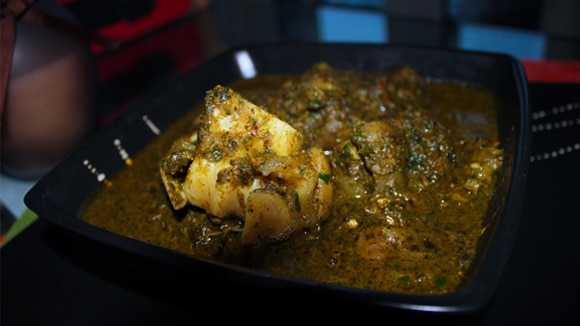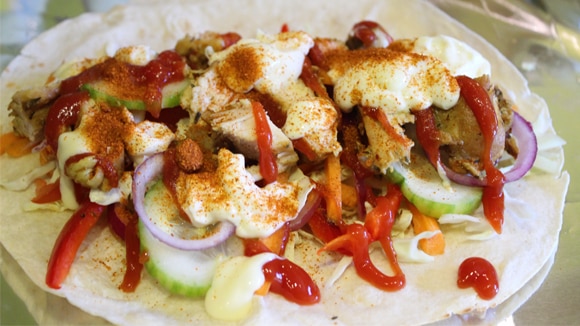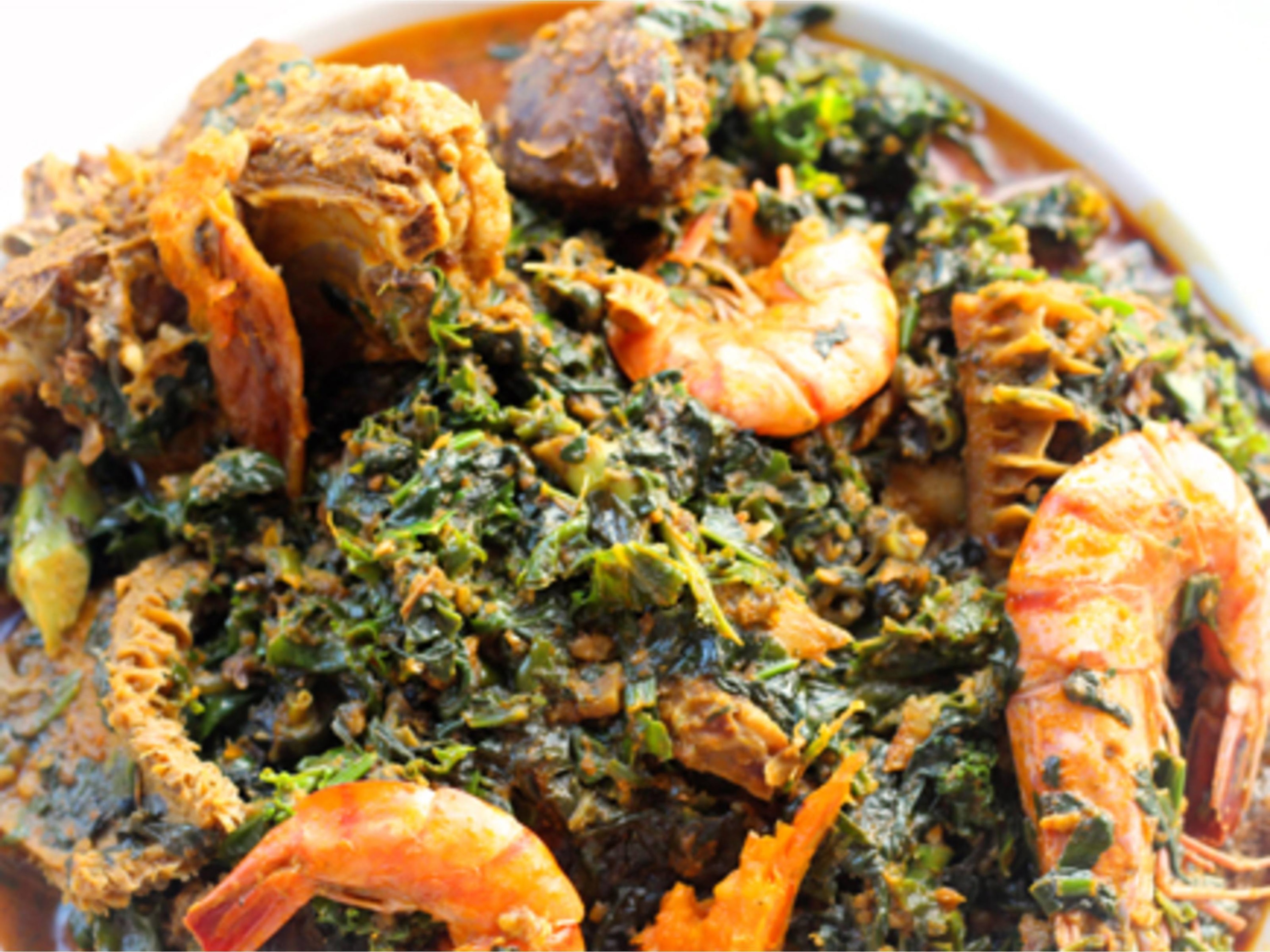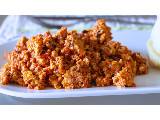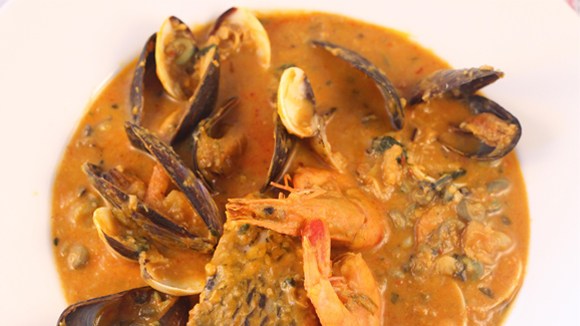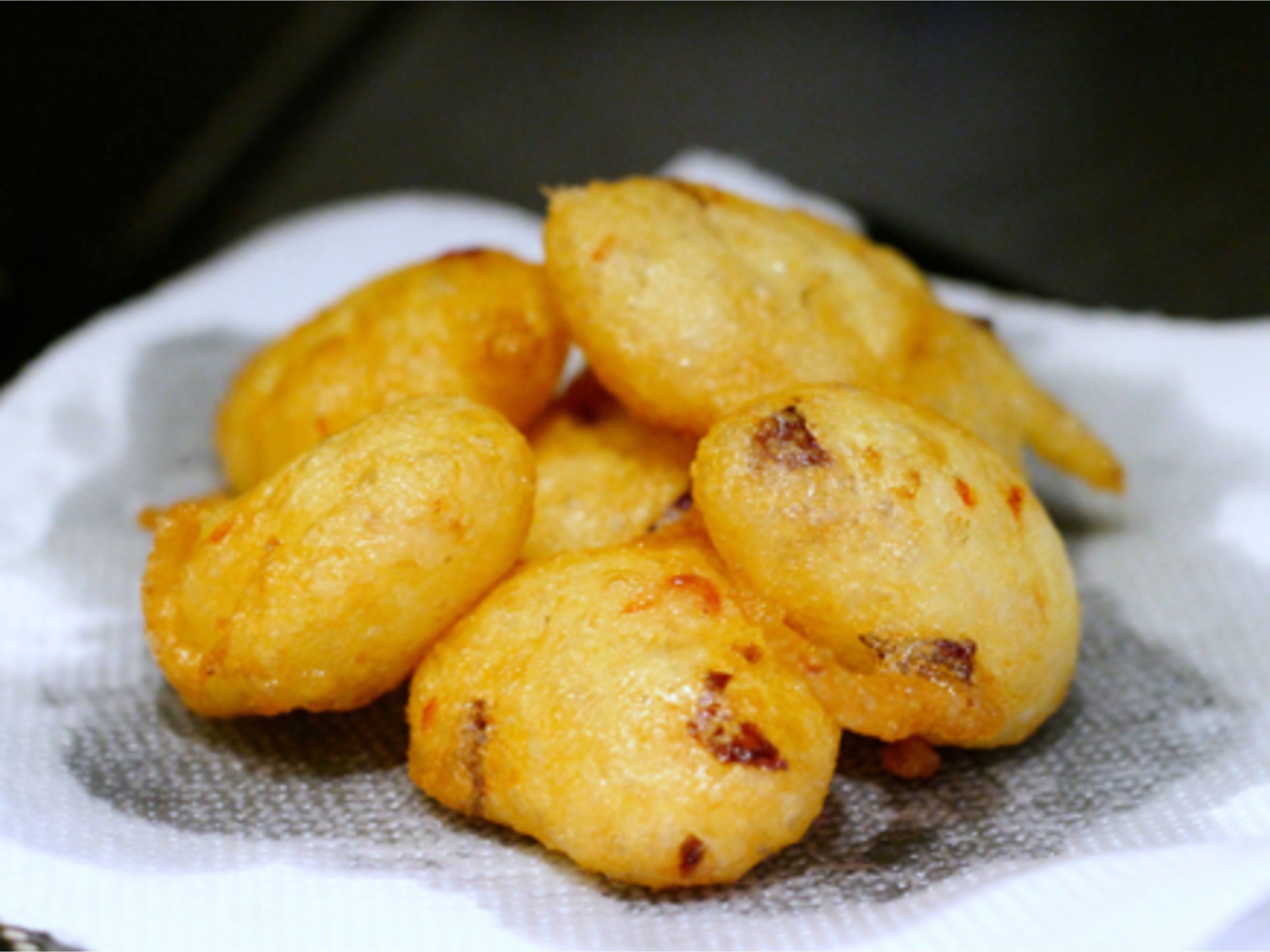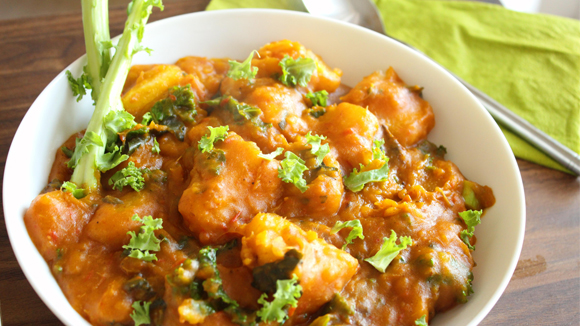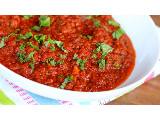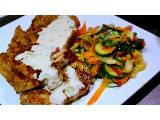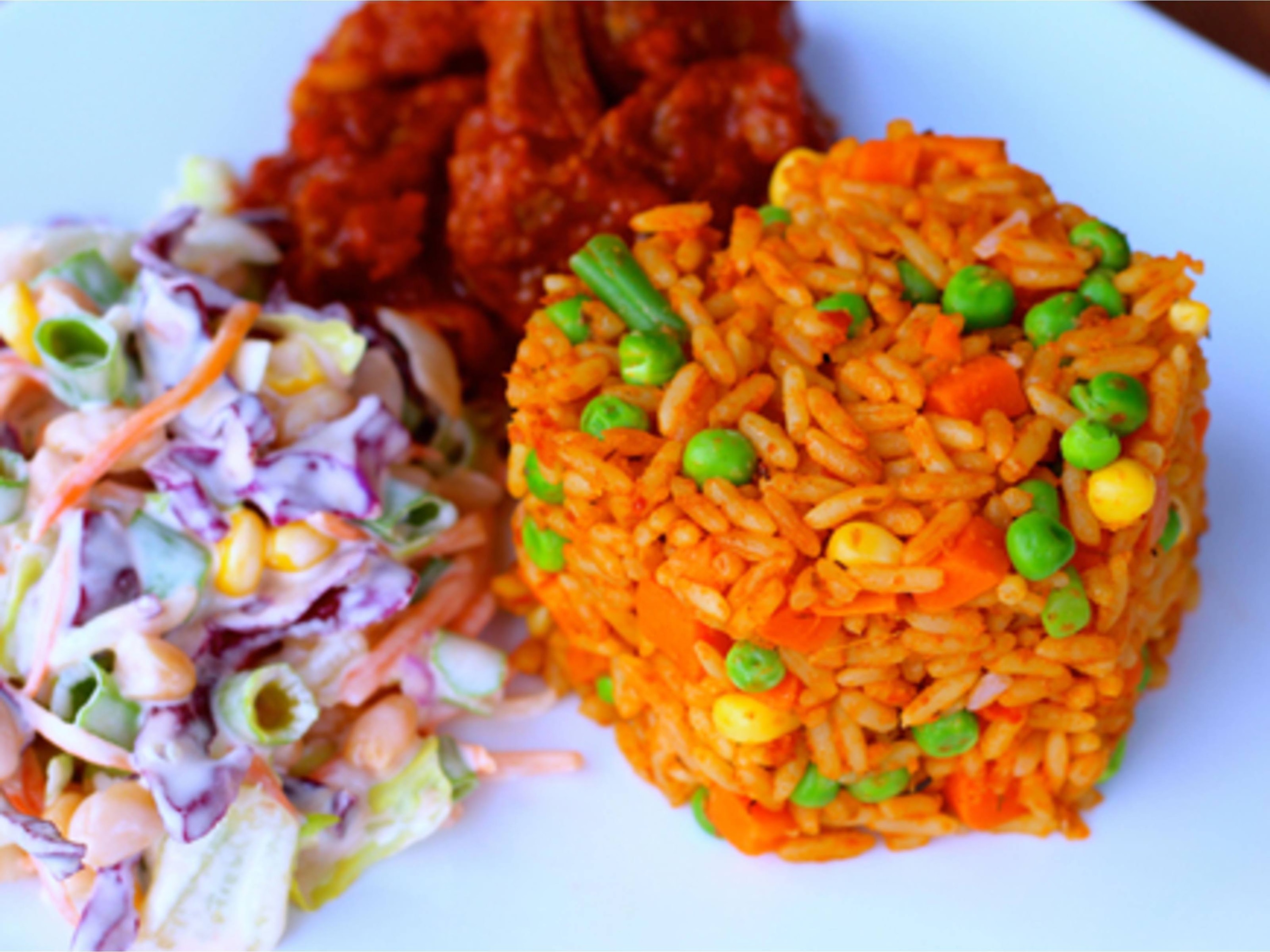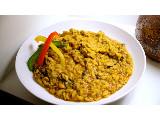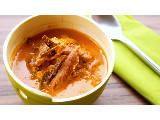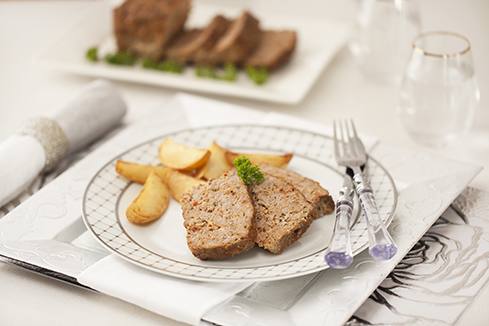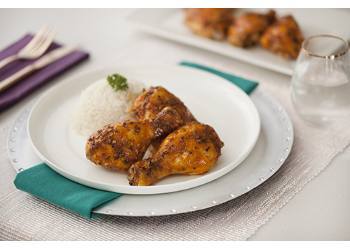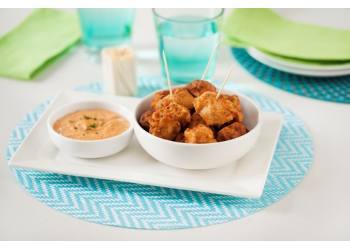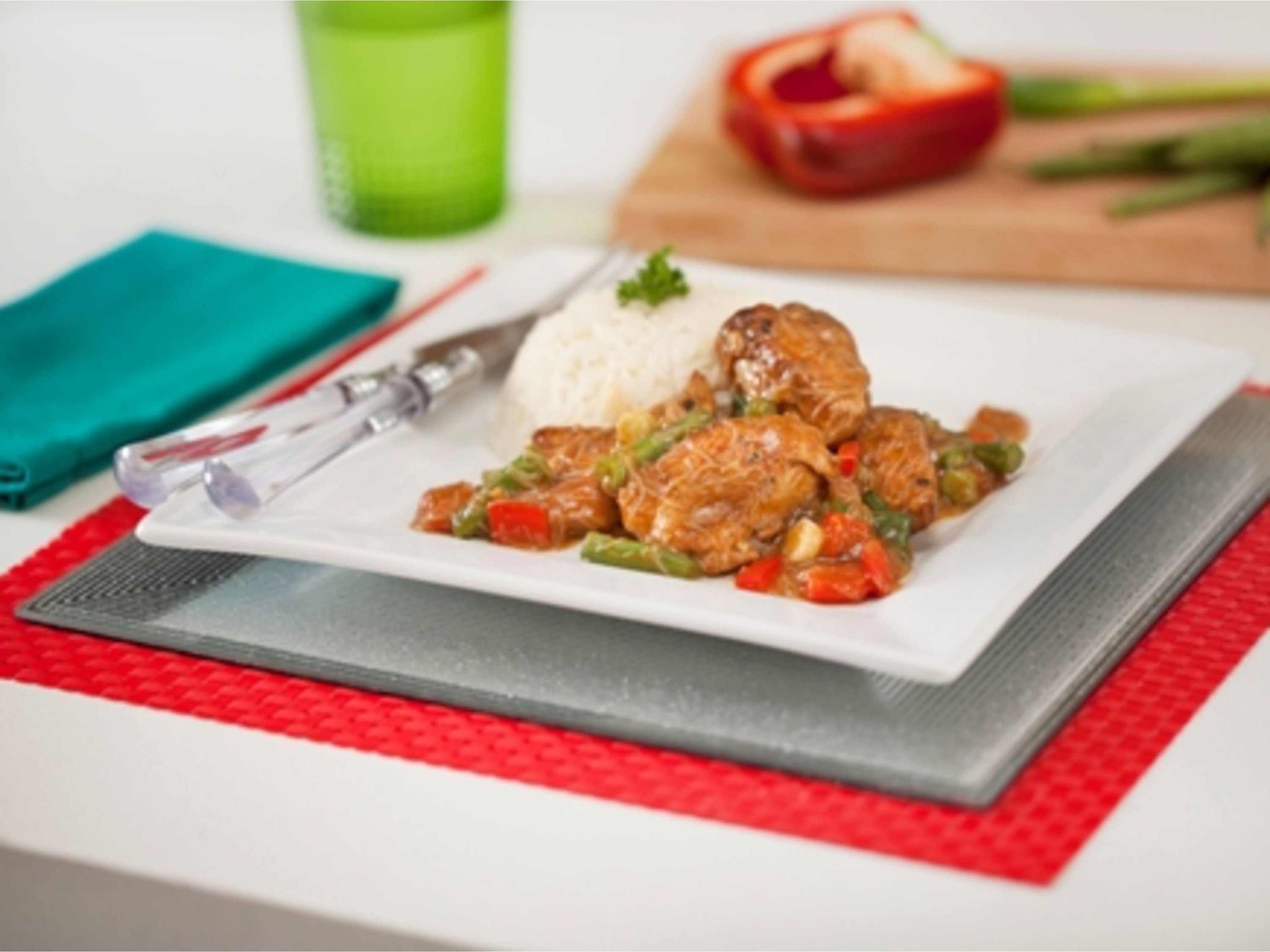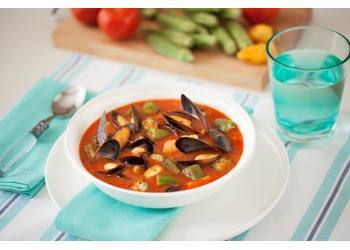Skip to:
Drying is one of the oldest ways to preserve food there is, going back thousands of years. It’s simple, safe and helps keep the colour, aroma and flavour of our ingredients for longer.
Not only does drying keep flavour locked in, it’s also a great alternative to using preservatives. Which makes a lot of sense – nothing is added when drying our vegetables and only the water is taken away.
The whole idea of drying a product is that you remove the water so you don’t need preservatives.
When harvesting tomatoes, Knorr farmers will let them go thirsty for a week or so first - this increases their sweetness and reduces the amount of water that needs to be taken out. We measure the sweetness of our tomatoes with something called a Brix test – and the higher the number, the sweeter they are.
But it’s always really surprising to see just how much of a vegetable is actually made up of water. For example, we need to process 12 tons of onions for every single ton of dried onion we produce. That’s all water that won’t be diluting the taste when you’re cooking.
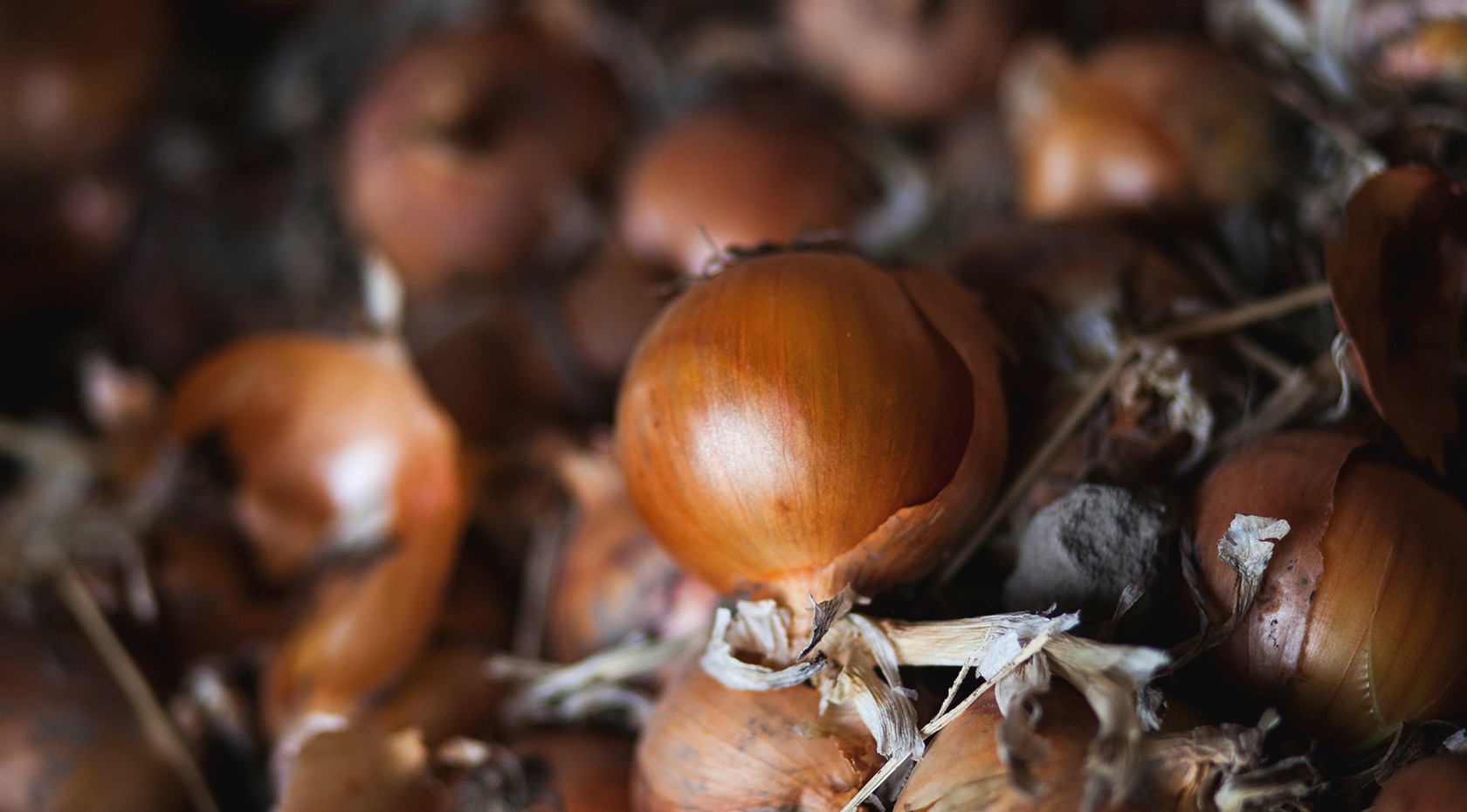
Sometimes nature starts off the drying process. For example, our onions are picked and left to dry in the sunshine for a few days, but once they’re peeled they’re dried and processed within a couple of hours to keep the freshness and taste in. Not all of our sustainable ingredients are dried – many are turned to paste or pulp for foods like soup or stock pots. But for our dried products, it’s reassuring to know that a method that’s thousands of years old will continue to help deliver tasty ingredients for many years to come.







